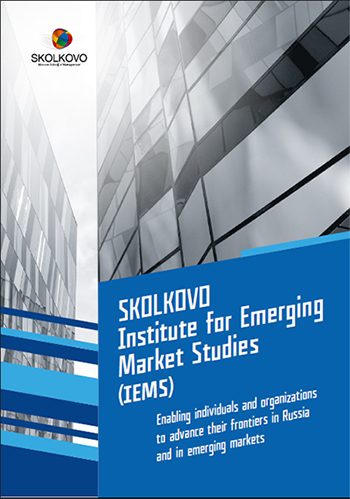The New Geography of Capital Flows
Since 1989, the proportion of cross-border M&A deals originating in and going to the South has steadily increased. In the 3-year period between 1989 and 1991, about 6% of the total M&A deals went to the South. Between 2007 and 2009, this figure jumped fivefold to around 31%. An even larger jump was observed for the deals originating in the South: almost 12% of the total deals were originated in the South in the period of 2007-2009 against 2% in the period between 1989 and 1991.
South-South relationships are increasing: the share of southern cross-border investment directed to other southern countries was 43.4% in 2007-2009 against 11.6% in 1989-1991.
The effects of the crisis: the total number of deals originated in the North declined in 2008, while the number of deals originated in the South marginally increased. Yet, the full impact of the crisis was felt in 2009 where the number of deals coming from both regions dropped 30%. The 2010 data shows a recovery that has been stronger for deals coming from the South, in particular those targeting other southern economies.
BRICs and a reduced set of emerging countries, including Malaysia and South Africa, are behind this new phenomenon of the South as a source of foreign direct investments.
- Among South-North deals, India and China are the top investors with 20.2% each of all South-North M&A deals, followed by Malaysia and Russia.
- Russia (11.6%), Malaysia (10.6%) and India (8.3%) are the leaders among South countries investing in the South. China replaces India in the top three when we take into account the reported value of South-South M&A deals.
- The same set of countries plus Ukraine, Indonesia, and Mexico are the favourite destination among the M&A deals targeting the South.
- BRIC countries are the top four countries in term of destination of North-South deals. China is the main recipient both in terms of number of deals (17.1%) and value (12.6%) followed by Russia (9.3% and 12.6% respectively).
- South-South deals are less concentrated with India the top destination (9.4% of the total number of transactions), followed by Indonesia, Russia, and Ukraine all with a 5.4% share.
Materials, industrials, and financials are the priority sector targeted by firms in the South both when investing in the North or the South. However, there are important differences when looking to the sectors that are not among the top in terms of the number of deals. Consumer staples and energy and power have a higher share among South-South than among South-North deals while the opposite happens in more advanced sectors such as high technology, healthcare, and media and communications.
Developing countries are still largely targeted as a source of resources both by the North and the South with 40% of the M&A deals reaching the South focusing in energy, consumer staples, and materials.
The data basis Thomson One concerning transboundary amalgamation and takeover deals is used in the research. Attention is focused on the deals quantity, as data on their costs are incomplete.
Contact us
-
SKOLKOVO IEMS
+7 495 539 30 03
SKOLKOVO Sustainable Business Center monitoring
Leave your contact details and we will send you our monthly monitoring



